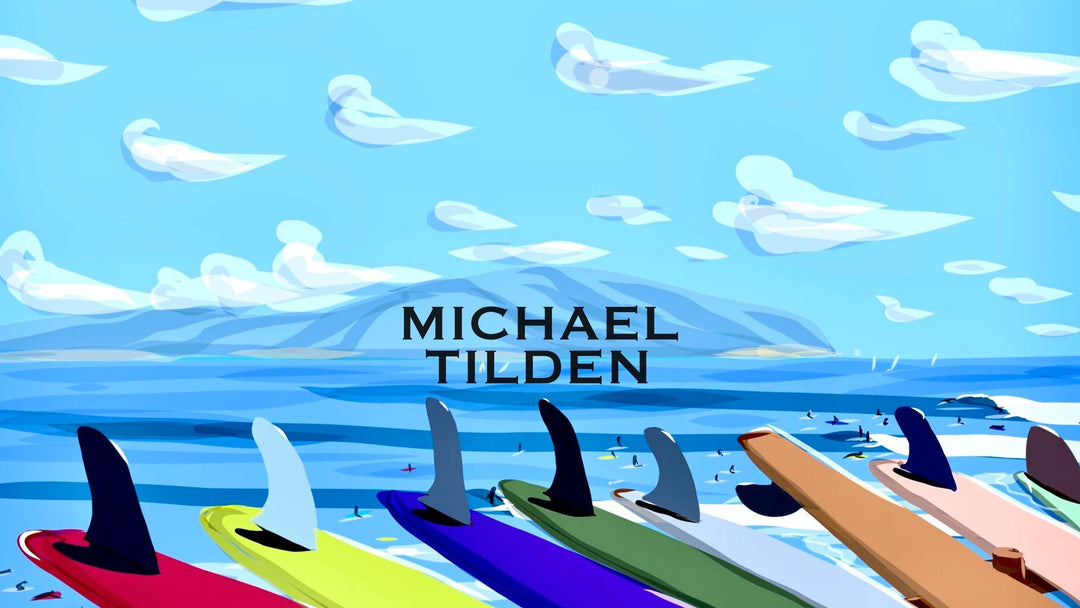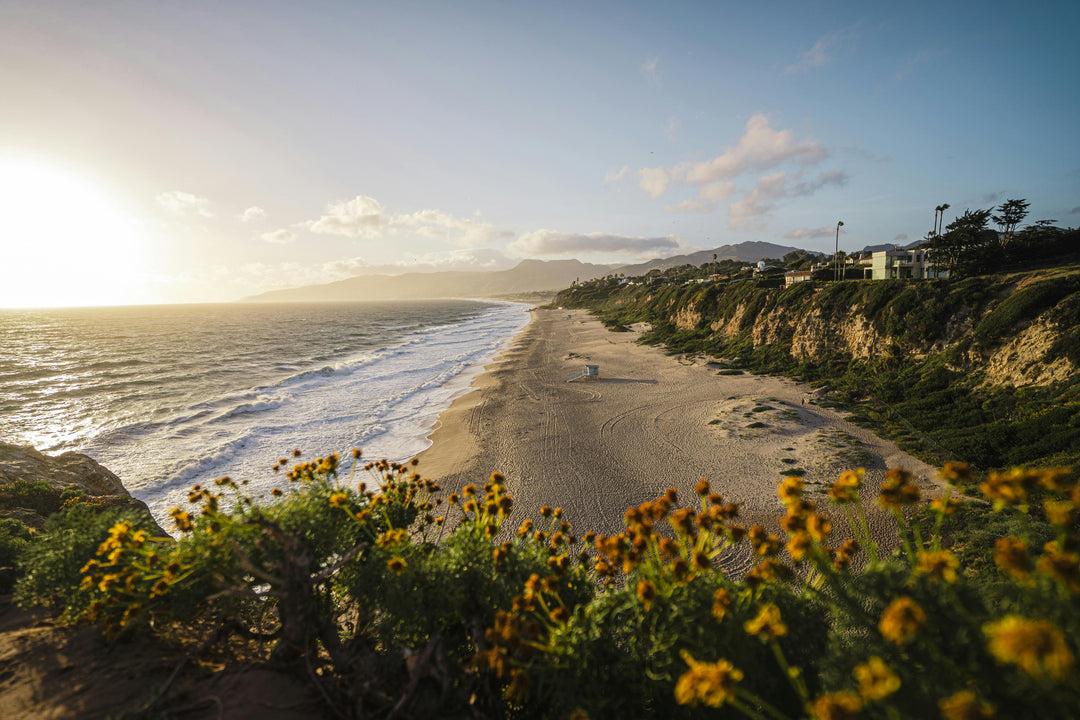U.S. Open of Surfing 2025
The U.S. Open of Surfing contest is set to begin this Saturday, July 26 in Huntington Beach, CA. The nine-day event is an important stop for the world’s most talented surfers, all vying for points on the World Surf League (WSL) Championship Tour.
Originally called the West Coast Surfing Championship, it was first held in 1959 at the Huntington Beach pier. Seal Beach local Jack Haley won that inaugural event, and went on to start Jack Haley Surfboards in 1961. Linda Benson, who was just 15 at the time, won the women’s division.
In 1964, the contest was re-named the U.S. Surfing Championship until it was shut down after the 1972 event. But in 1982, the then-popular surfwear manufacturer Ocean Pacific re-ignited the contest, naming it the OP Pro. It wasn’t until 1994 that the name was changed to its current designation, the U.S Open of Surfing.
1982 was a pivotal year for the world’s largest surf contest, as it marked the end of a 10-year hiatus. That year, Australia’s Cheyne Horan beat a South African by the name of Shaun Tomson in the finals. 18 year-old Tom Curran, who had turned pro just 10 days before the event, came in fifth, and Becky Benson of Hawaii won the women’s division.
To honor that very important year in the U.S. Open’s storied history, we are highlighting the 1982 OP Pro contest poster! Art for the poster was created by Damian Fulton.

Damian Fulton is a Los Angeles–based artist whose gritty, cinematic paintings capture the clash between surf culture and urban sprawl. Growing up in Orange County, he developed an early love for the ocean, often navigating traffic-choked streets on his Schwinn Stingray to chase waves—an experience that shaped his raw, streetwise visual style. Trained in illustration and animation at Cal State Fullerton, Fulton went on to create comic strips like Radical Rick, design surf posters for Ocean Pacific, and hold creative roles at Disney, Marvel, and top advertising agencies.
In his fine art, Fulton coined the term “urban surf” to describe his fusion of dystopian cityscapes, weathered surfers, and dreamlike, post-industrial settings. Rejecting idealized beach imagery, his work explores the tension between nature and civilization, often portraying surfers as modern warriors caught in the cultural undertow. His paintings have been exhibited in galleries around the world, and he’s recognized as one of the key voices in the evolution of contemporary surf art.









